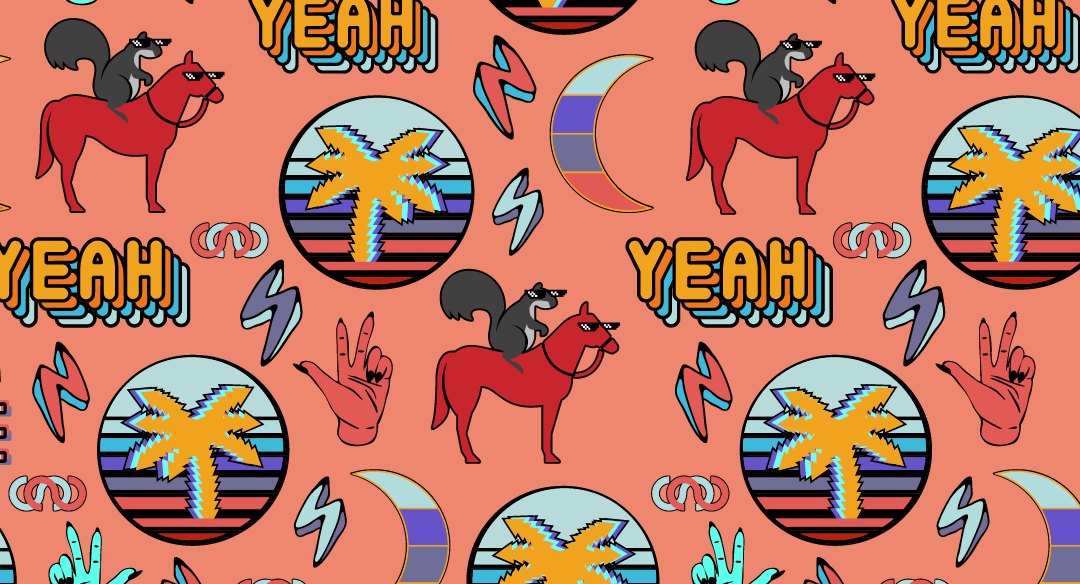
3 Things to Think About Before Jumping on That Market Trend
New market trends seem to happen hourly in today’s competitive business atmosphere. Rivalry is fierce among the hundreds of thousands of new products and services that launched within the last year alone. What successful brands have in common is the amount of research they do before following or disregarding trends. To meet and exceed aggressive company goals while staying on top in the industry, you must weigh each trend’s pros and cons carefully.
Here are three things to think about before you get swept away by the momentum.
1) Will this trend help me achieve my goals?
When a new trend makes waves in your industry, don’t just automatically incorporate it into your business plan. Question your organization’s need for the new trend. Just because everyone else is jumping on the bandwagon does not mean the trend is right for you. To be an insightful, direct, and smart organization, you must have a clear brand destination. Consider what the trend could do for your company, if anything.
Decide whether the market trend is absolutely necessary for your company’s success. The more precisely you define your brand’s destination, the more accurately you can evaluate new trends to see if they will drive success. If the new trend does not help your company achieve your main intent and purpose, just say no. Taking the time to clarify your intent can prevent over-excitement about a new trend just because it’s bright and shiny. But trends that can help you achieve your brand destination more quickly? Those are worth further consideration.
2) Does research support this market trend?
It’s imperative to do your due diligence prior to adopting or disregarding a new market trend. Instantly adopting every new trend can run your brand into the ground. However, ignoring trends on principle gives competitors the opportunity to get ahead. Knowing which trends to drop and which to adopt requires adequate research on your part.
What qualifies as “adequate” depends upon the trend and your company. You need to focus on the big picture, but you must also dive deeply into if – and how – the trend would benefit your brand. Consumer studies, brand examination, and competitor assessment reveal valuable insights and may all be necessary before reaching a decision to commit. You need to know what your consumers find valuable, what the benefit and drawbacks of the market trend, and whether its adoption would push you toward your company goals. Take the time to dive deep into the efficacy of the trend. Remember that gleaning constructive insights will take time.
3) Do the risks outweigh the benefits?
Finally, weigh the risks against the benefits of adopting the new trend. Implementing a new trend often brings a necessary amount of risk. After all, an unproven investment could jeopardize your company’s budget, bottom line, and stability. With patience and smart marketing, however, the benefits of incorporating some trends outweigh the risks. It is up to your team to analyze the trend and determine whether the investment will more likely than not deliver returns. Proper research and assessment of company goals can help you come to the ideal conclusion for your organization.
